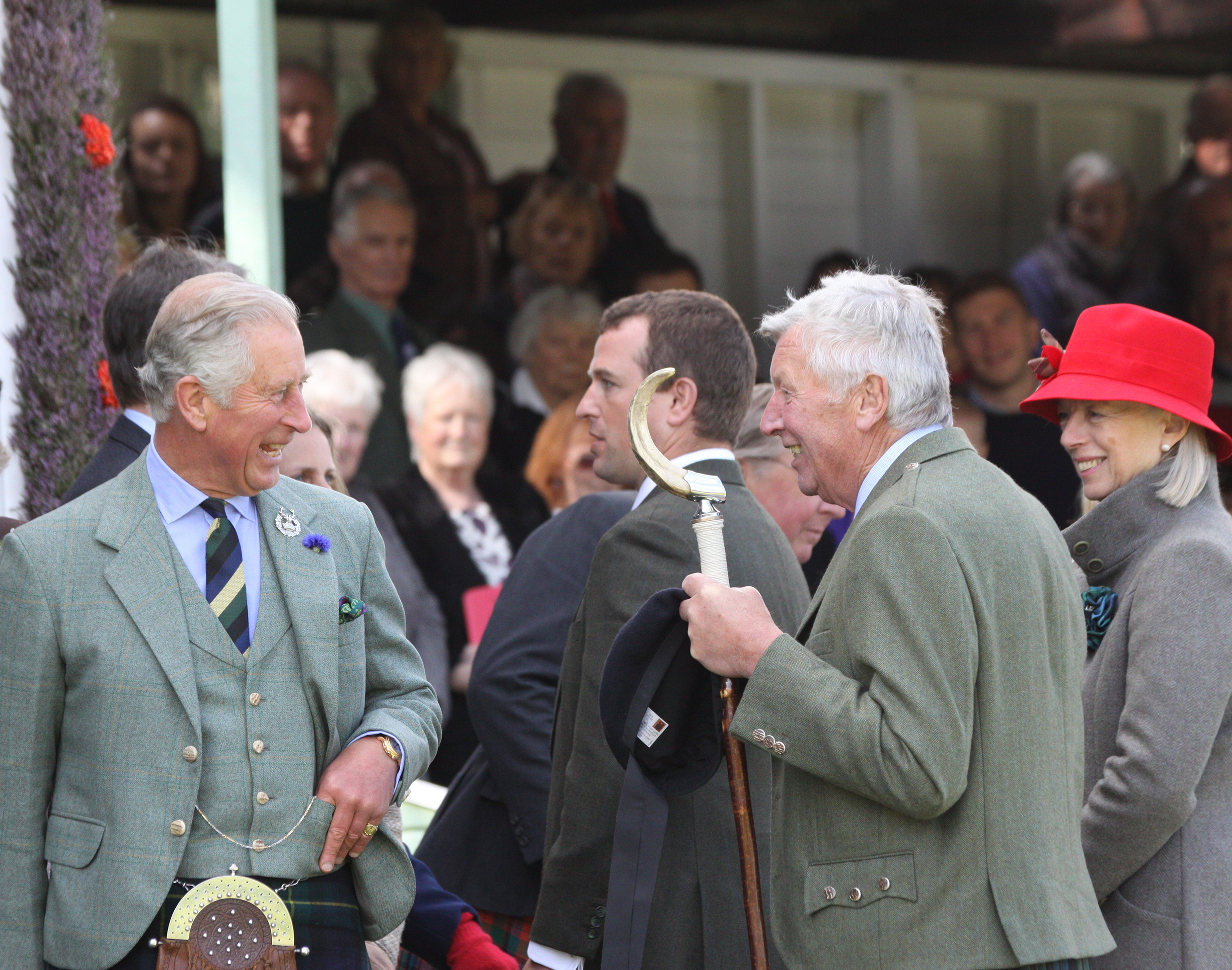Angus officials have warmly welcomed the announcement that Prince Charles is to become the patron of Scotland’s highland games’s governing body.
The announcement of the royal seal of approval comes as the Scottish Highland Games Association looks ahead to a season which will marks its 70th anniversary in Scotland’s year of history, heritage and archaeology.
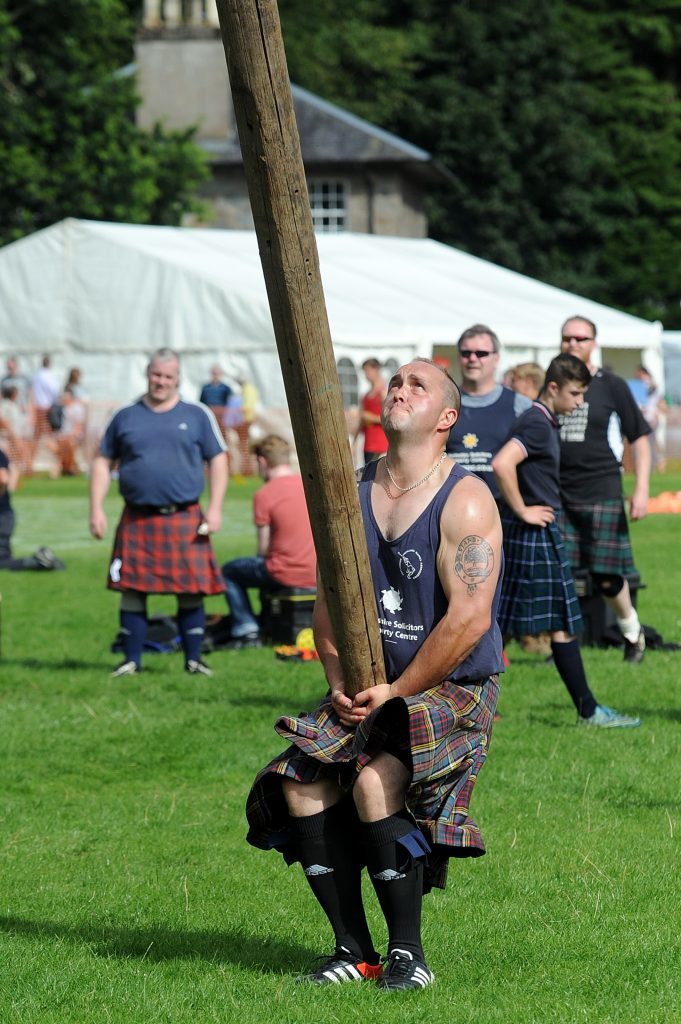
The Duke of Rothesay will become the association’s first ever Royal patron and local association chiefs hope that his patronage will help to further raise the profile of the iconic events, leading to greater public participation and engagement, and helping safeguard the future of highland games.
The Royals’ fondness for the spectacle is traditionally most evident at the Braemar Gathering, at which they are regular visitors whilst holidaying at Balmoral.
Highland games generate an estimated £25 million for the country’s economy annually, with events taking place every weekend from mid-May until mid-September.
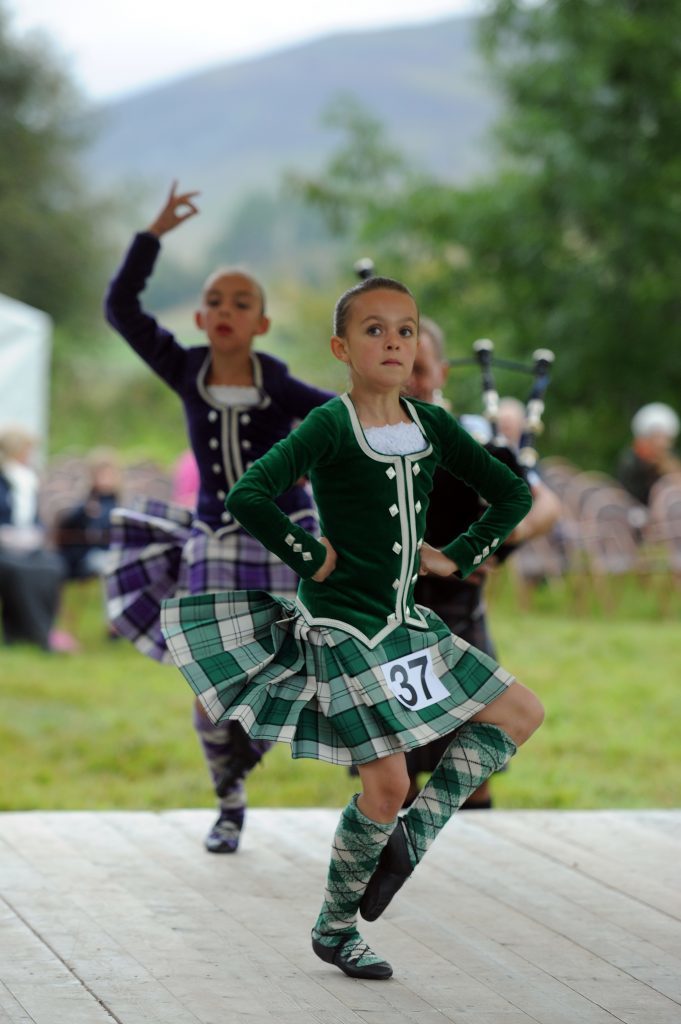
Featuring piping, highland dancing, cycling, tug o’ war, and light and heavy athletics – including tossing the caber and hammer throwing – highland games are often a must-visit event on the itinerary of foreign visitors as well as helping support local businesses and charities.
Founded in 1947 as the Scottish Games Association to standardise competition rules and ensure judging consistency, the SHGA works to promote and preserve highland games nationally and internationally, overseeing 61 of the 80 highland games that take place in Scotland annually.
The Duke of Rothesay has been a regular visitor to the Braemar gathering since first attending in 1955 and is also chieftain of the Mey Highland Games, a role he took on following the death of his grandmother, the Queen Mother.
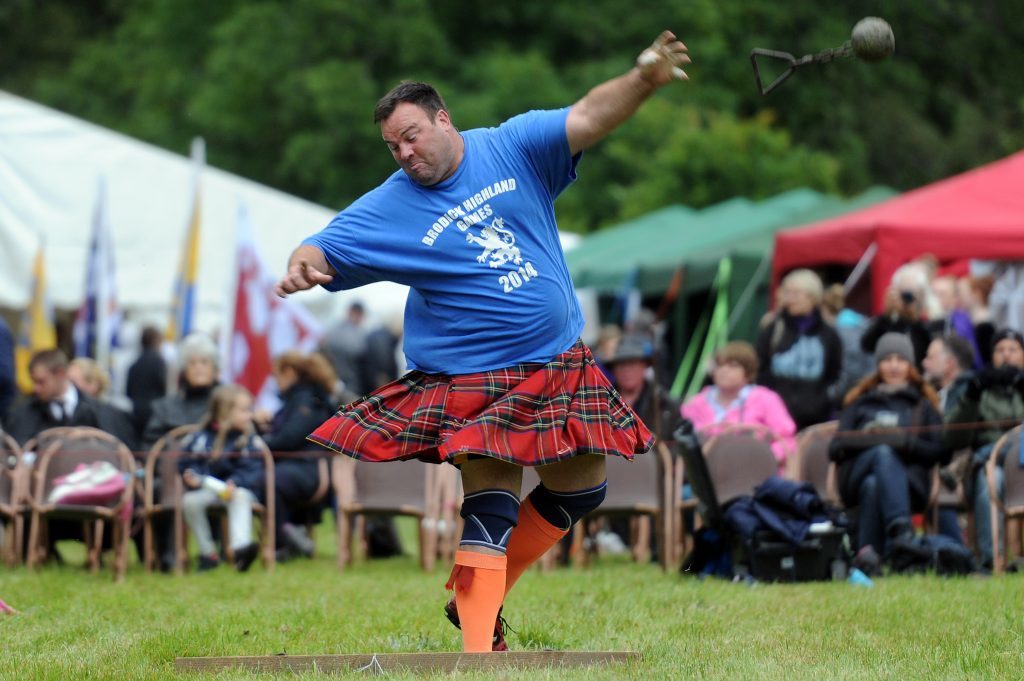
SHGA president Charlie Murray, from Forfar, said the Duke’s support will continue the royal family’s long association with Scotland’s highland games – Queen Victoria first visited the Braemar Highland Gathering in 1848.
“It is an honour and a privilege that His Royal Highness the Duke of Rothesay has agreed to become the first royal patron of the Scottish Highland Games Association,” said Mr Murray.
“This is a milestone for the association as we mark our 70th anniversary.
“We have all witnessed the Duke’s delight at watching events at highland games and the close attention he pays to the competitions.
“The Duke is a staunch advocate of promoting and protecting the country’s traditions and heritage, and supporting its rural economies.
“His patronage will help the SHGA to enhance the profile of highland games, which remain an important part of Scotland’s fabric and story.
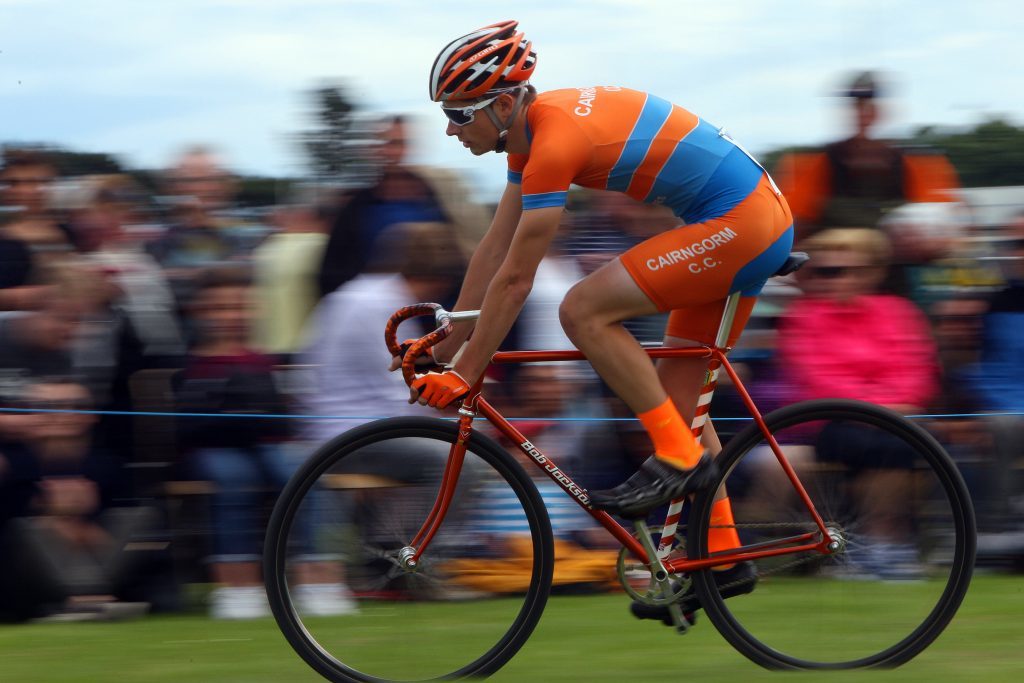
“Their status and characteristics help to attract thousands of visitors to Scotland each year.”
Mr Murray added: “Each games has its own unique, vibrant atmosphere.
“Regardless of their size or location, all bring their local communities together and provide a positive contribution to them.
“Encouraging greater participation in highland games, whether as organisers, spectators or competitors, is important for the future of individual games, the communities in which they are held and indeed Scotland.”
